When you’re committed to healthy eating and environmental sustainability, understanding how to identify organic products is essential. Unfortunately, not all “organic” claims on food packages are created equal. This guide breaks down how to read food labels, recognize the USDA Organic seal, and separate marketing language from certified truth.
Choosing organic products means supporting a food system that avoids synthetic fertilizers, sewage sludge, GMOs, and prohibited substances. It also helps promote ecological balance, conserve biodiversity, and improve soil quality. However, only certified organic items meet these high standards. That’s why understanding organic labeling is essential for consumers who want to follow a healthy diet and make informed choices.

The USDA Organic seal is the most reliable indicator of buying organic products. This emblem is awarded only to food products that comply with strict USDA organic regulations set by the Agricultural Marketing Service and overseen by a USDA-accredited certifying agent.
Products that meet these criteria can also be classified as USDA Organic products—a critical distinction from vague or misleading claims on food packages.
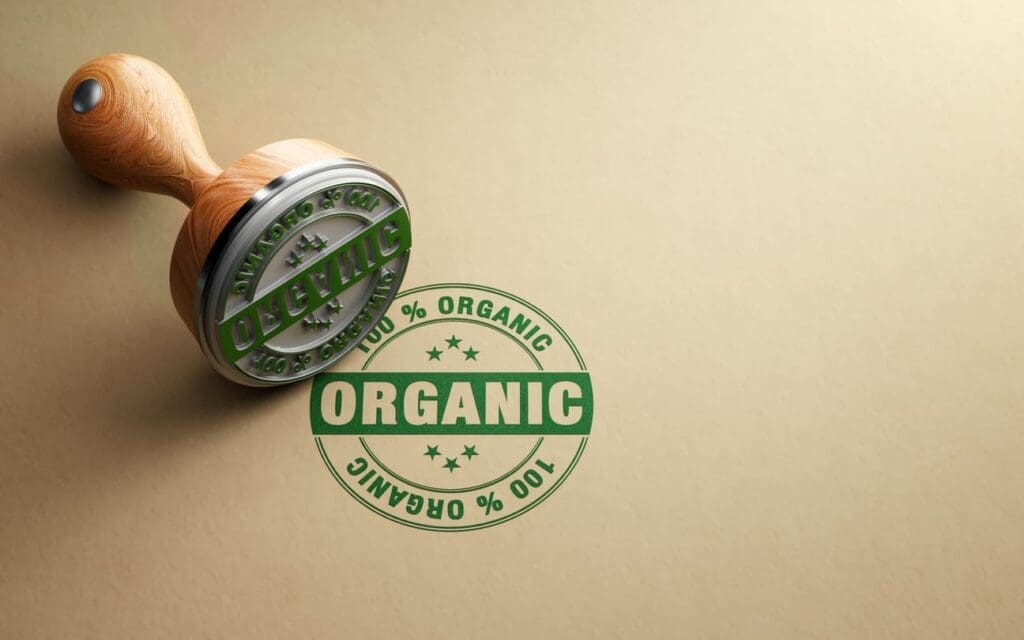
When shopping, you’ll encounter a few key labeling categories, each representing a different type of organic product classification and associated labeling term:
Each labeling category is defined by a specific labeling term regulated by the USDA. These labeling terms help verify compliance with organic standards and assist consumers in making informed choices.
Always check the certifying agent and scan for a mention of the organic certificate or the name of the certified operation on the label.

Beyond the front label, the Nutrition Facts Labels provide information. Here’s what to look for:
If the serving size reflects typical portions people eat, you’ll also better understand how many calories you consume. Labels often use terms like single serving and two servings to help consumers understand their intake if they eat more than one serving.
When reading nutrition facts, look for foods with higher vitamin D content, a key nutrient many people lack.
Actual organic certification requires compliance with the USDA’s National List—a database of allowed and prohibited substances. These organic regulations guide food manufacturers, organic producers, and certified operations in maintaining organic integrity from seed to finished product.
Be skeptical of claims like “eco-friendly” or “green.” Only those products that comply with the USDA’s organic standards and carry the official organic seal can be trusted.
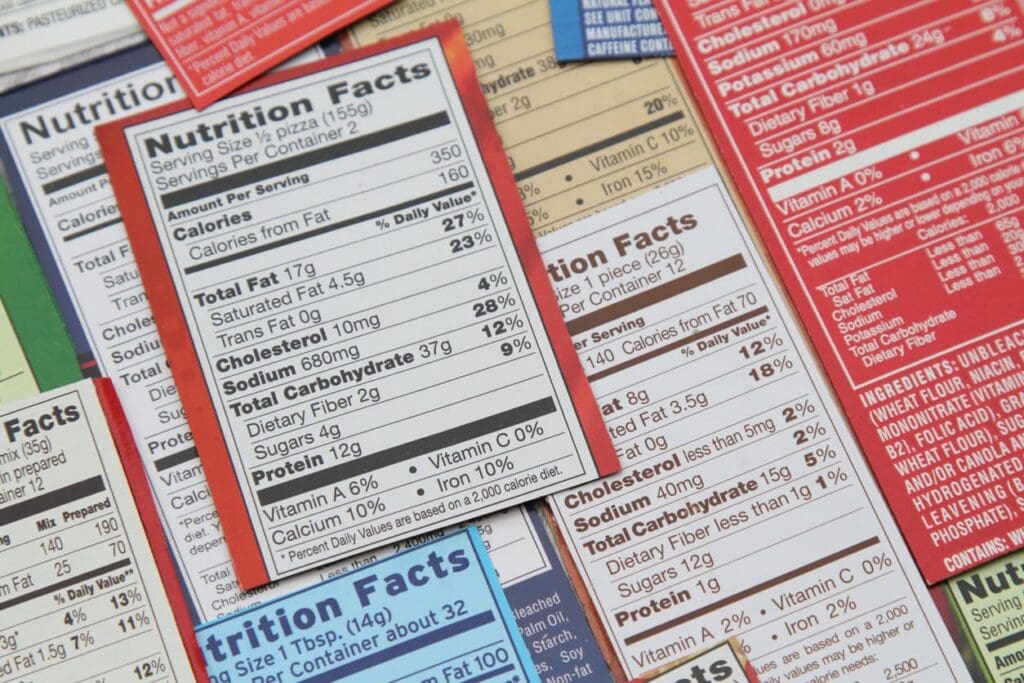
When choosing organic products, the Nutrition Facts label is your best friend for making healthy, informed decisions. Start by checking the serving size and servings per container—this helps you understand how many calories and nutrients you’ll consume, especially since serving sizes reflect what people typically eat.
Pay close attention to key nutrients listed on the label. Look for products high in dietary fiber and low in saturated and trans fats to support a healthy diet and help maintain a healthy body weight. Added and total sugars are also essential—choosing foods with less added sugar can help you avoid consuming too many calories and reduce your risk of high blood pressure and other health issues.
The ingredient list is another crucial area. Ensure the product contains certified organic ingredients and does not include prohibited substances like synthetic fertilizers or sewage sludge. The USDA Organic seal on the package is your assurance that the product meets strict USDA organic regulations, including excluding GMOs and other methods.
Be mindful of the different organic labeling categories, such as “100% organic” or “made with organic ingredients.” These terms indicate the percentage of certified organic content and help you choose foods that align with your values. When comparing food products, use the Nutrition Facts label to select options higher in key nutrients you want more of, and lower in those you want to limit.
By carefully reading the Nutrition Facts label and looking for the USDA Organic seal, you can confidently choose organic products that support your healthy diet, promote ecological balance, and conserve biodiversity.
While the USDA Organic seal is a trusted mark for organic products in the United States, organic standards are truly global. International food standards, such as those set by the Codex Alimentarius, provide a reference point for food safety, proper labeling, and the integrity of organic products worldwide.
Countries like the European Union, Canada, and Japan have their own organic regulations and certification processes, which may differ from USDA organic regulations. When shopping for imported organic products, look for certifications from reputable organizations, such as the International Federation of Organic Agriculture Movements (IFOAM), or country-specific logos like the EU Organic or Canadian Organic seals.
Awareness of other countries’ different labeling requirements and standards is essential. The USDA Organic seal is recognized internationally, but additional certifications can assure that the product meets high standards for organic production, ecological balance, and biodiversity conservation.
By understanding international food standards and looking for trusted certifications, you can make informed choices about organic products worldwide. These standards work together to ensure organic products’ quality, safety, and ecological integrity, no matter where they’re produced.
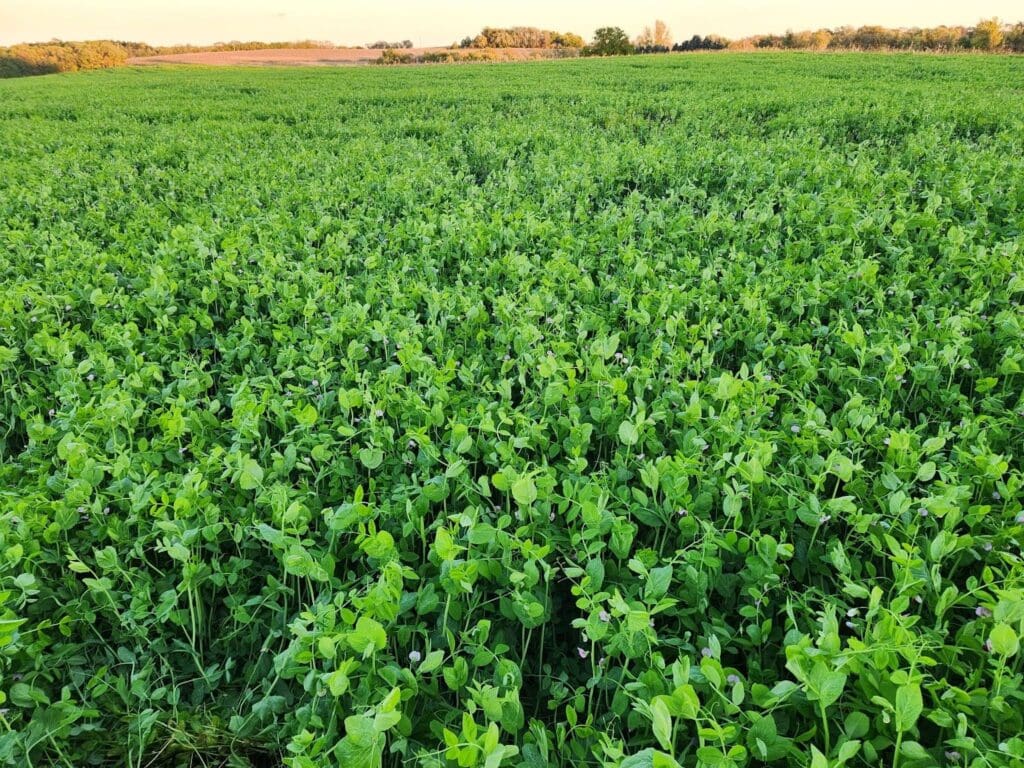
Small independent producers are the heart of the organic movement, pioneering sustainable agriculture and helping to promote ecological balance. However, these producers often face significant challenges, such as high certification costs and complex organic regulations, making competing with larger food manufacturers difficult.
To support small producers, look for products certified by alternative organizations like the Certified Naturally Grown program or the Wholesome Food Association. Buying directly from local farmers or through community-supported agriculture (CSA) programs is another excellent way to promote local food systems and support small-scale organic operations.
Small producers often rely on natural substances and mechanical practices to improve soil, conserve water quality, and promote ecological balance. Choosing their products, you help conserve biodiversity and support a more sustainable food system.
Visiting farmers’ markets or joining a CSA can also allow you to learn more about small, independent producers’ farming practices and values. By making these choices, you enjoy high-quality organic products and contribute to the integrity and future of organic agriculture.
Behind every certified organic label is a rigorous organic production and auditing process. Farmers and producers must follow environmentally friendly practices that conserve water quality, avoid prohibited substances, and maintain detailed documentation throughout their organic operation.
Whether you’re shopping for organic fruit, pantry staples, or full meals, the organic claim should be backed by transparent sourcing and verifiable certification.
Choosing truly organic products is about more than health—trust, transparency, and supporting a better agricultural future. With this guide, you can confidently navigate the grocery aisle, choose foods that align with your values, and maintain a healthier body weight and balanced diet.
Next time you’re at the store, don’t just look at the front of the label—flip it over, dig into the nutrition facts, and ensure you’re truly getting what you’re paying for.
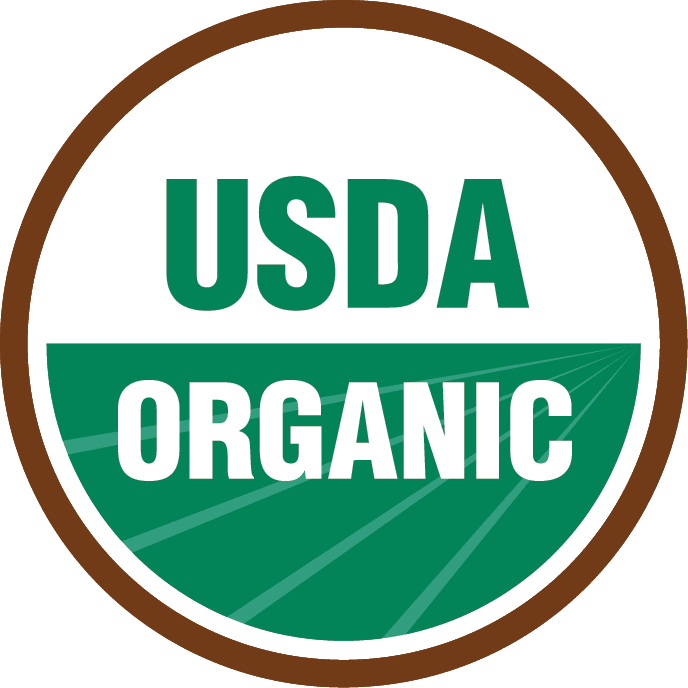
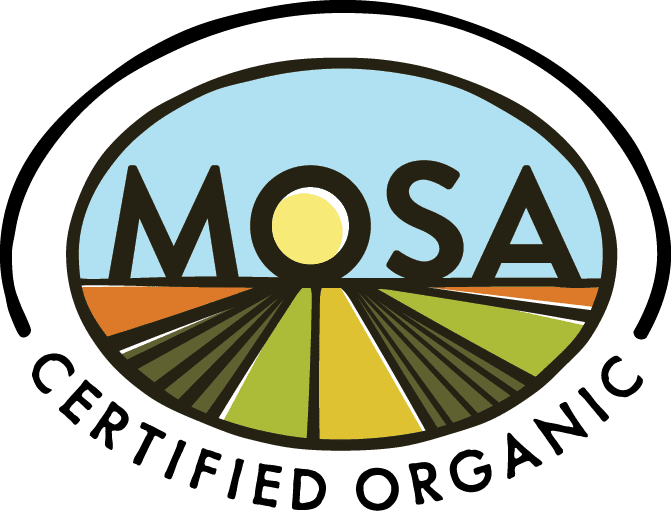

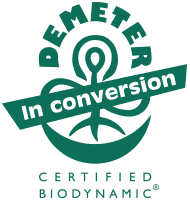
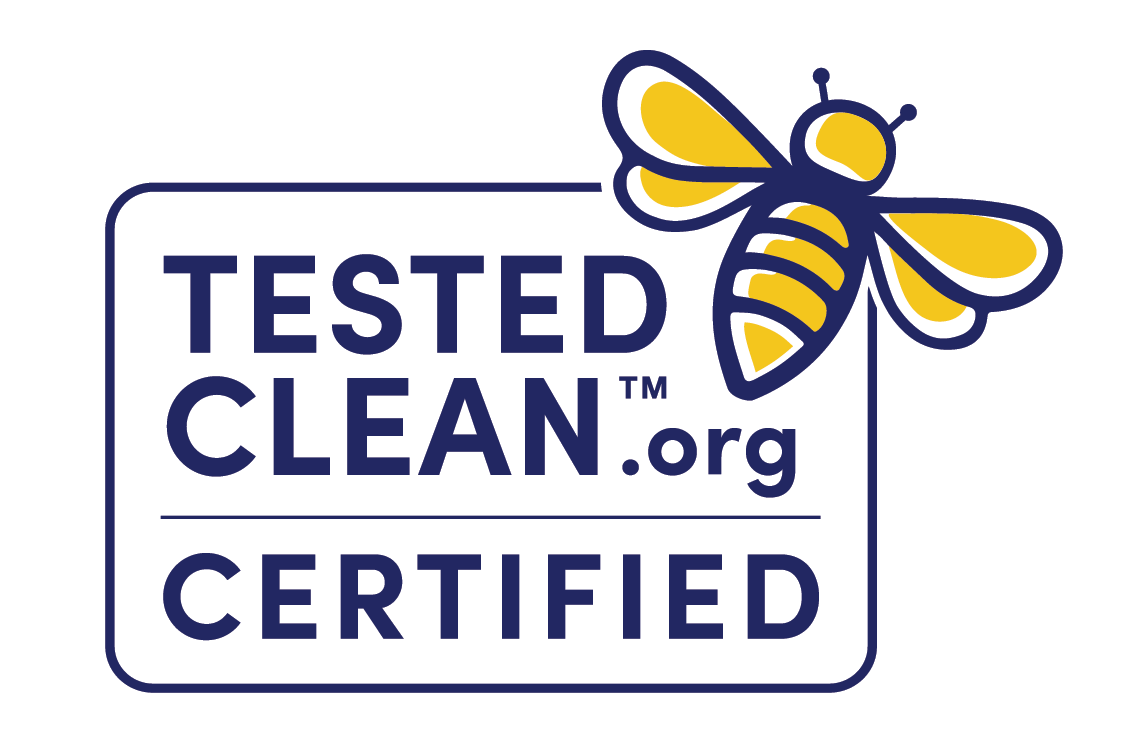
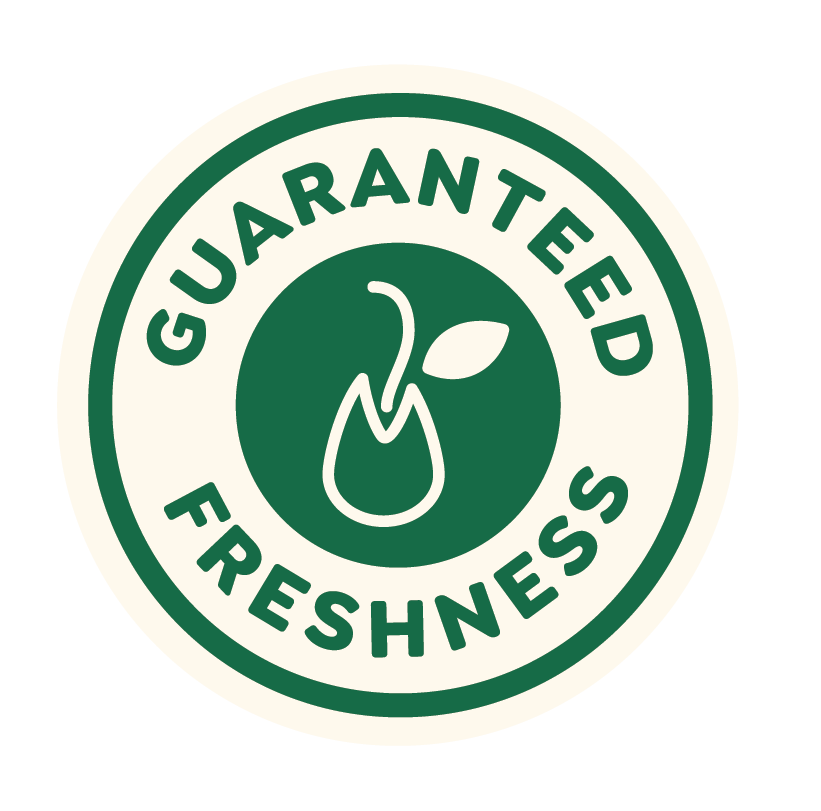
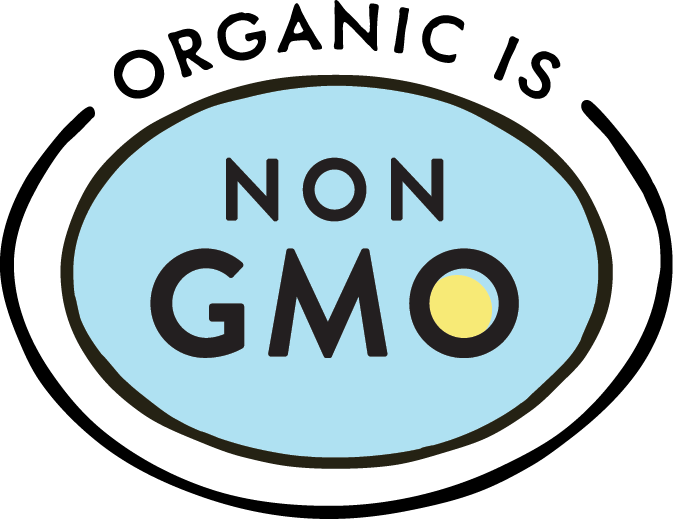
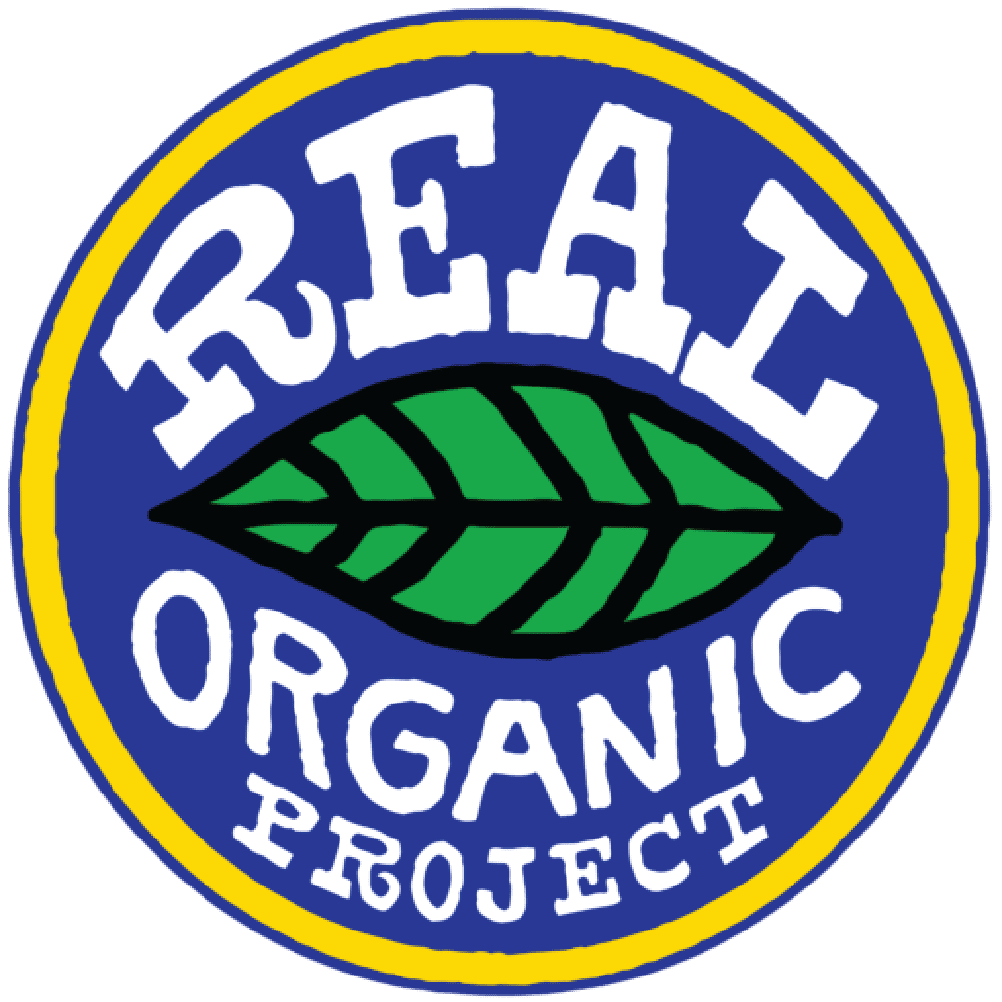
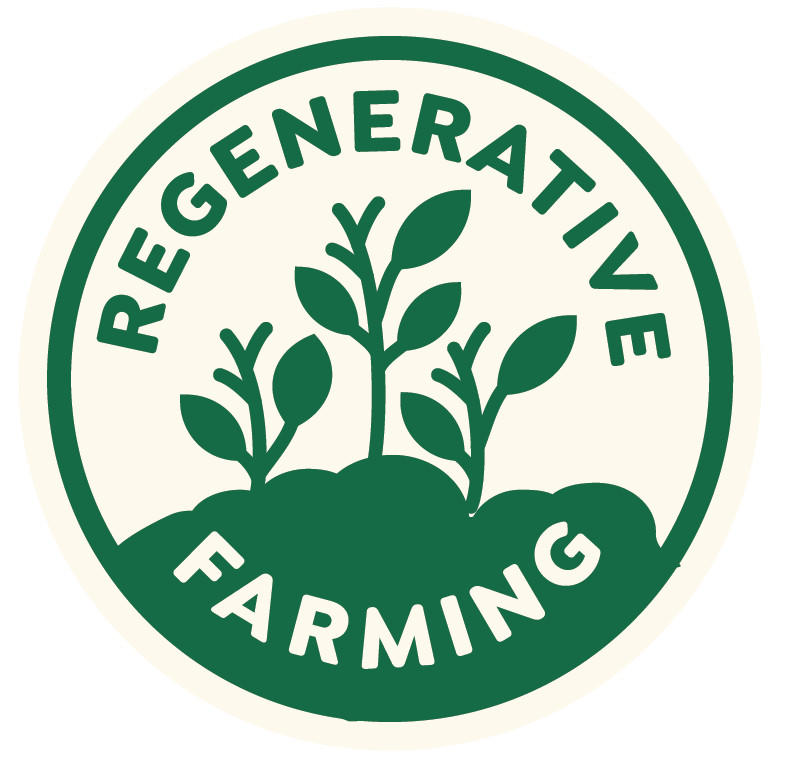
Sign Up for Exclusive Updates, Current Events, Recipes, and Special Offers and more!